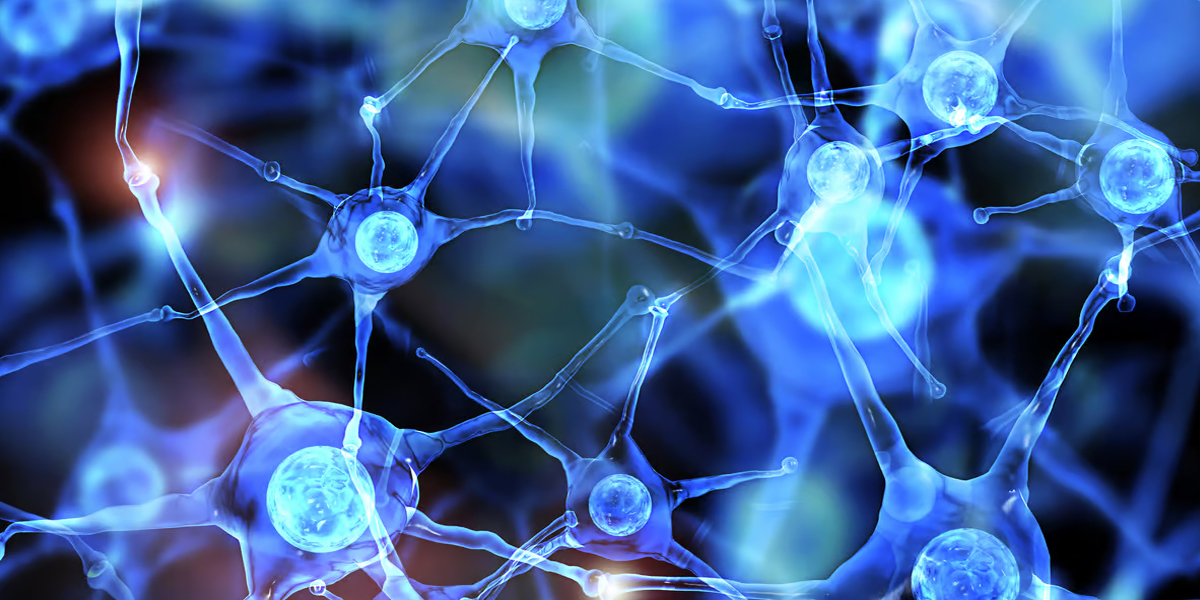A Look at the Endocannabinoid System’s CB1 and CB2 Receptors

Cannabinoids like cannabidiol (CBD) and tetrahydrocannabinol (THC) are able to elicit their healing effects by interacting with the body’s endocannabinoid system. The system, integral to our physiologies, is responsible for regulating an array of body processes, such as pain sensation, immune response, anxiety, sleep, mood, appetite, metabolism, memory, and more.
The endocannabinoid system is made up of two types of receptors that are configured to accept cannabinoids. These cannabinoid receptors – CB1 and CB2 – are located on cells throughout the body.
CB1 Receptors
Discovered by scientists in 1990, CB1 receptors are primarily found in the brain and central nervous system, but are also present in the lungs, liver, kidneys, and reproductive organs. These are the receptors that interact with THC to cause a user to experience a euphoric high.
CB1 receptors have been found to play a role in memory processing, motor regulation, appetite, pain sensation, mood, and sleep.
The activation of CB1 receptors have also been linked to neuroprotective responses, suggesting the cannabinoids with a higher affinity for CB1 receptors could help in the prevention and treatment of neurodegenerative conditions like multiple sclerosis, Alzheimer’s disease, and Parkinson’s disease.
CB2 Receptors
CB2 receptors, discovered by researchers in 1993, are found primarily on cells in the immune system and its associated structures.
When CB2 receptors are activated, they stimulate a response that fights inflammation, which in turn reduces pain and minimizes damage to tissues.
These anti-inflammatory effects have been found to be beneficial for treating inflammation-related conditions like arthritis, Crohn’s disease and inflammatory bowel syndrome.
Cannabinoids’ Relationship to the CB1 and CB2 Receptors
Cannabinoids help coordinate and regulate everything we feel, think, and do by binding or interacting with the endocannabinoid system’s CB1 and CB2 receptors. Like a key fits to a lock, cannabinoids are designed to link together with the cannabinoid receptors. When they link, it spurs the receiving neuron into action, triggering a set of events to pass along the message and carry out a variety of cellular responses needed for homeostasis and healthy functioning.
Our body naturally produces cannabinoids, referred to as endocannabinoids. These endocannabinoids — anandamide and 2-arachidonoglycerol — are tasked with interacting with the receptors to maintain balance. However, phytocannabinoids like CBD and THC, which are obtained from plants, also effectively stimulate the CB1 and CB2 receptors.
Phytocannabinoids may act as supplements in the case that there’s a shortage of endocannabinoids, a condition called endocannabinoid deficiency. It is theorized the endocannabinoid deficiency can lead to the development of various diseases and conditions related to the immune and nervous systems. Administering cannabinoids like CBD and THC may help the endocannabinoid system maintain its proper function.
Overall, significant research must still be done to better understand the impact of the interaction between cannabinoids and the CB1 and CB2 receptors. Scientists are still investigating how supplementing our natural cannabinoid production with plant-based cannabinoids may play a significant therapeutic role in our health.


